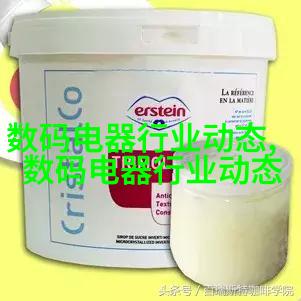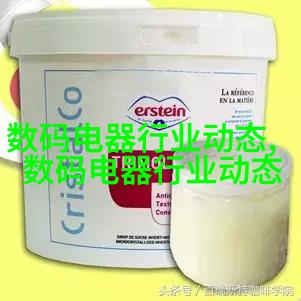您现在的位置是: 首页 - 行业动态 - 工业废气净化设备工程高效废气处理系统设计与应用 行业动态
工业废气净化设备工程高效废气处理系统设计与应用
2025-04-07 【行业动态】 0人已围观
简介工业废气净化设备工程:如何处理污染物? 在当今世界,随着工业化的不断发展和进步,伴随而来的环境问题日益严重。尤其是工业废气排放的问题,它不仅对空气质量造成了极大的影响,还威胁到了人们的健康和生态平衡。在这种背景下,工业废气净化设备工程扮演着至关重要的角色。 为什么需要高效的废气处理技术? 首先,我们必须认识到Industrial waste gas is a major
工业废气净化设备工程:如何处理污染物?

在当今世界,随着工业化的不断发展和进步,伴随而来的环境问题日益严重。尤其是工业废气排放的问题,它不仅对空气质量造成了极大的影响,还威胁到了人们的健康和生态平衡。在这种背景下,工业废气净化设备工程扮演着至关重要的角色。
为什么需要高效的废气处理技术?

首先,我们必须认识到Industrial waste gas is a major environmental problem that needs to be addressed. The improper treatment of industrial waste gas can lead to serious air pollution, causing respiratory diseases and other health problems for the population. Moreover, it also damages the ecosystem and affects the quality of life. Therefore, it is essential to develop effective solutions for industrial waste gas treatment.
The key to solving this problem lies in advanced technology. Industrial waste gas treatment requires highly efficient equipment that can effectively remove pollutants from the exhaust gases before they are released into the atmosphere. This not only ensures compliance with environmental regulations but also protects public health and safety.

What are some common types of industrial waste gas?
Industrial processes generate various types of pollutants in their exhaust gases, which need to be removed or reduced through proper treatments. Some common types include:

Particulates: These are small particles suspended in the air, often resulting from combustion processes.

Gases: Such as sulfur dioxide (SO2), nitrogen oxides (NOx), volatile organic compounds (VOCs) and hydrogen chloride (HCl).
Heavy metals: Like lead, mercury and cadmium.
Organic compounds: Including benzene derivatives and polycyclic aromatic hydrocarbons (PAHs).
Each type of pollutant has different properties requiring specific removal techniques.
How do we design an effective industrial waste gas cleaning system?
To create an effective system for cleaning up industrial waste gases, several factors must be considered during its design process:
Assessment: First assess your industry's specific emissions profile by identifying all potential pollutants present in your exhaust stream.
System Selection: Choose appropriate technologies based on factors such as cost-effectiveness efficiency levels required level of purification needed space constraints etc.
Process Optimization: Ensure optimal operating conditions within each unit operation while maintaining overall plant efficiency.
Monitoring & Control Systems: Implement real-time monitoring systems allowing operators adjust control parameters optimize performance ensure regulatory compliance minimize downtime costs maintain worker safety improve product quality
By following these steps carefully one can design a tailored solution specifically suited towards their particular application ensuring maximum effectiveness minimal footprint & long-term sustainability
What benefits does implementing an efficient Industrial Waste Gas Cleaning System bring?
Implementing a well-designed Industrial Waste Gas Cleaning System offers numerous advantages including:
1). Compliance with Environmental Regulations
2). Improved Public Health & Safety
3). Reduced Operating Costs Through Energy Efficiency
4). Enhanced Reputation Among Stakeholders And Customers
5). Protection Of Ecosystems And Natural Resources
In conclusion by investing in cutting-edge technology like high-efficiency scrubbers electrostatic precipitators catalytic converters etc companies can make significant strides toward reducing harmful emissions significantly contributing positively towards our environment future generations






